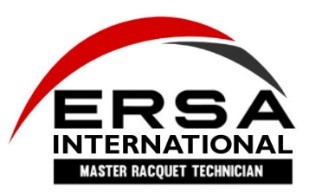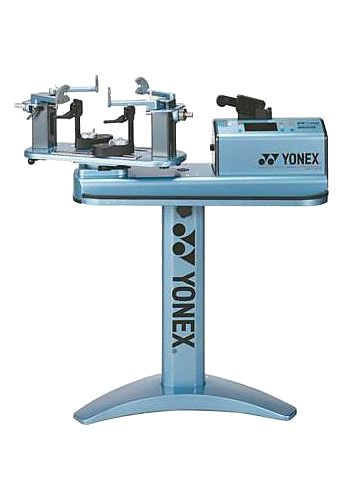Stringing Service
Why should I restring?
The most obvious reason for restringing your tennis, squash or badminton racquet is that the strings are broken. However in a lot of cases you shouldn’t wait until your strings break before you replace them.
Strings lose tension and elasticity over time – even when they aren’t used. Sticking with strings that are ‘dead’ not only means you are compromising your game performance but you are also going to be more prone to arm and shoulder injury.
Tennis
A wide variety of strings are available including Prince Synthetic gut, Luxilon Big Banger ALU, Babolat RPM Blast, Solinco Hyper G, Yonex Tour Super 850, Babolat Natural Gut and many more.
Squash
We keep a wide selection of the most popular squash strings on the market including Technifibre, Ashaway and Luxilon amongst others. If we don’t have a particular string in stock we can usual have it within 1 – 2 days.
Badminton
Yonex and Carlton strings are the most widely used badminton strings and we have a range of both available along with others. We are also constantly on the look out for new strings to try out.
Stringing Guide
What types of string are there?
There are thousands of different strings available these days and it can be very hard to know where to start. That’s where we come in! We can give you expert advice and options based on your racquet, playing style and individual requirements. For a more in depth look at the types of strings available please have a look at the FAQ section.
How often should I restring my racquets?
This is perhaps one of the most common questions. Racquets should be restrung at least every 6 months regardless of whether they are broken or not. A general rule of thumb is to restring as many times a year as you would play in a week. So if you play 3 times a week then you should aim to restring around 3 times a year at least.
Why not wait until they break?
Many club players can end up going for many years without breaking a string – and often this is thought to be a good thing. But over time the strings lose tension and elasticity. This happens at different rates depending on, amongst other things, the type of string. Playing with strings which are ‘dead’ means you aren’t getting the performance from your racquet that you should. It also makes you more liable to arm and shoulder injury.
I have just bought a new racquet - should I restring it?
Unless your racquet was restrung at the time you bought it we strongly recommend getting it professionally strung before you start playing with it. Factory strings are often cheap and durable, not professionally installed and may have been installed a long time before you bought the racquet. If you are spending £50+ on a new racquet you will definitely want to get new strings as well.
What about the tension?
The tension is often the most misunderstood aspect of stringing. Generally speaking lower tensions give more power and higher tensions give more control. BUT! There is a lot more to it than that. The type of string you are using plays a big factor in what tension you should use as does the player’s ability. We can provide you with expert advice and recommendations on tensions and we keep accurate records of each restring so if you find the next time you want to increase or decrease the tension or try something different we can do this easily.
How long will it take?
We aim to have racquets strung and ready to collect within 3 – 4 days. However if the racquet is required for a particular time we will also aim to have it ready in time and a while you wait service is also an option by appointment for an additional cost.
Does it matter how the strings are installed?
The simple answer is yes. There are many amateur stringers around who may offer to restring a racquet at drastically lower prices. However you should first check what qualifications the stringer has. A poor quality re-string can lead to injuries, to premature string breakage or even damage to the frame itself.
We pride ourselves in every single racquet being strung to the highest level – ensuring consistency from frame to frame and minimising the stress placed on the frames during stringing.
Chris Sanlon at The Racquet Lab is qualified as a Master Racquet Technician with the European Racquet Stringers Association.
Discounts available
Discounts are available when re-stringing 3 or more of the same racquets at the same time.
Unbeatable service
We provide an all round service which is unbeatable – from cleaning the frames to stencilling and presenting the finished job just like the pros!
FREE EXPERT ADVICE
With over 16 years experience we can give you expert advice on every aspect of your racquets from purchase to stringing and customising.

Not sure which string to use?
We’re happy to help you choose
Stringing Process
1. Clean & Inspect
2. Remove Old Strings
3. Install new strings

